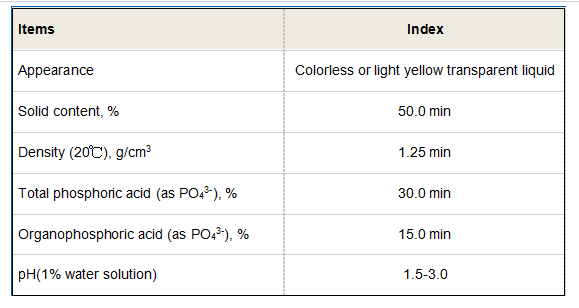polyacrylamide production
Polyacrylamide Production A Comprehensive Overview
Polyacrylamide (PAM) is a synthetic polymer widely utilized in various industries, including water treatment, agriculture, and oil recovery. Its unique properties, such as high solubility in water and ability to form gels, make it a crucial component in numerous applications. This article delves into the production process of polyacrylamide, its benefits, and its applications in different sectors.
Production Process
The production of polyacrylamide typically begins with the polymerization of acrylamide monomers. This process can be executed through several methods, including solution polymerization, suspension polymerization, and emulsion polymerization. Among these methods, solution polymerization is the most common due to its simplicity and effectiveness.
1. Initiation The process starts with the activation of the acrylamide monomer using a chemical initiator, such as potassium persulfate or ammonium persulfate. Heat or ultraviolet light can also induce this polymerization. The initiator decomposes to produce free radicals, which then react with acrylamide monomers to form reactive species.
2. Propagation As the reaction proceeds, the generated free radicals create a reaction chain by adding more acrylamide monomers. This step leads to the formation of longer polymer chains, creating polyacrylamide.
3. Termination The polymerization process continues until all acrylamide monomers are consumed or until the reaction is terminated by various methods. Common termination methods include the addition of chemicals that quench the radicals or through recombination of reactive species.
4. Purification After polymerization, the resulting polyacrylamide needs to be purified to remove unreacted monomers and any byproducts. This is usually achieved through filtration, precipitation, or dialysis.
5. Drying The final step involves drying the purified polyacrylamide to obtain a product that can be packaged and distributed. The drying process can vary depending on the specific form required, including granular or powder forms.
polyacrylamide production

Applications of Polyacrylamide
Polyacrylamide has found extensive application across various industries due to its versatile nature
1. Water Treatment In water treatment plants, polyacrylamide is employed as a flocculant. It aids in the aggregation of suspended particles, improving the clarity and quality of water. This makes it invaluable in the treatment of wastewater and potable water systems.
2. Agriculture In agriculture, PAM enhances soil moisture retention and reduces erosion. It improves water infiltration in soil, promoting better crop yields, especially in arid regions. Farmers often use polyacrylamide in irrigation systems to maximize water efficiency.
3. Oil Recovery The oil industry utilizes polyacrylamide as a thickening agent in enhanced oil recovery processes. By improving the viscosity of water injected into oil reservoirs, PAM helps in maximizing oil extraction while minimizing environmental impact.
4. Paper Manufacturing Polyacrylamide is used in the paper industry for retention and drainage aids in the papermaking process. It promotes the even distribution of fibers and fillers, resulting in higher-quality paper products.
5. Cosmetics and Personal Care PAM is also common in cosmetics and personal care products, serving as a binder, thickener, or stabilizer in lotions and creams, enhancing the texture and application of these products.
Conclusion
The production of polyacrylamide is a well-established process that yields a multifunctional synthetic polymer vital to numerous applications. Its role in water treatment, agriculture, oil recovery, and various other sectors underscores its significance in modern industrial practices. As research continues and new applications are discovered, polyacrylamide is likely to remain an essential material, contributing to advancements in technology while promoting sustainable practices across different industries.
-
Water Treatment with Flocculant Water TreatmentNewsJun.12,2025
-
Polymaleic AnhydrideNewsJun.12,2025
-
Polyaspartic AcidNewsJun.12,2025
-
Enhance Industrial Processes with IsothiazolinonesNewsJun.12,2025
-
Enhance Industrial Processes with PBTCA SolutionsNewsJun.12,2025
-
Dodecyldimethylbenzylammonium Chloride SolutionsNewsJun.12,2025





